The world of alpine skiing is as much about precision as it is about speed and agility. Among the many technical aspects that skiers and technicians obsess over, the edge angle of skis stands out as a critical factor influencing performance on the snow. Whether carving down a groomed run or navigating icy patches, the angle of a ski's edges can make the difference between control and chaos.
Understanding Edge Angles
At its core, the edge angle refers to the degree at which the metal edges of a ski are beveled relative to the base. This angle determines how aggressively the ski bites into the snow. Most alpine skis come with factory-set edge angles, but experienced skiers and technicians often customize them to suit specific conditions or preferences. The two primary angles to consider are the side edge angle and the base edge angle, each playing a distinct role in how the ski performs.
The side edge angle is typically more pronounced, ranging from 87 to 90 degrees. A sharper angle, such as 87 degrees, provides a more aggressive grip on hard or icy snow, making it a favorite among racers. On the other hand, a 90-degree angle offers a more forgiving ride, suitable for recreational skiers or softer snow conditions. The base edge angle, usually between 0.5 and 1 degree, affects how easily the ski releases from a turn. A smaller angle allows for smoother transitions, while a larger angle can enhance edge hold at the cost of maneuverability.
The Science Behind Edge Performance
Physics plays a significant role in how edge angles influence skiing. When a ski is tilted onto its edge, the angle determines the surface area in contact with the snow. A higher edge angle reduces this contact area, increasing pressure and improving grip on hard surfaces. Conversely, a lower angle spreads the force over a larger area, which can be beneficial in softer snow where too much bite might cause the ski to hook unpredictably.
Temperature and snow conditions further complicate the equation. In cold, icy conditions, a sharper edge angle can provide the necessary bite to maintain control. However, in warmer, slushy snow, the same aggressive angle might lead to excessive resistance, slowing the skier down. This is why many competitive skiers carry multiple pairs of skis, each tuned for specific conditions. For the average enthusiast, finding a middle ground that works across a variety of conditions is often the best approach.
Customization and Tuning
For those looking to optimize their skis, edge tuning becomes an art form. Professional ski tuners use specialized tools like edge guides and diamond stones to achieve precise angles. The process involves carefully filing the edges to the desired angle while maintaining consistency along the entire length of the ski. Even minor inconsistencies can lead to unpredictable performance, so attention to detail is paramount.
Many skiers overlook the importance of regular edge maintenance. Over time, edges can become dull from contact with rocks, ice, or even just the abrasive nature of snow. A well-maintained edge not only improves performance but also enhances safety by reducing the risk of unexpected slips. For those who ski frequently, investing in a basic tuning kit and learning how to maintain edges can be a game-changer.
The Racing Edge
In competitive alpine skiing, edge angles are a closely guarded secret. Racers often experiment with different settings to find the perfect balance between grip and speed. World Cup skiers, for instance, might use edge angles as steep as 87 degrees for icy downhill courses, while opting for slightly less aggressive angles in giant slalom events where quicker turns are required.
The difference a fraction of a degree can make is astonishing. At elite levels, where races are won or lost by hundredths of a second, even the slightest adjustment can have a noticeable impact. This precision extends beyond just the angles; the sharpness of the edges and the way they are maintained between runs can also play a crucial role. It’s not uncommon for racers to have their skis tuned multiple times during a single event.
Practical Tips for Recreational Skiers
While most recreational skiers don’t need to obsess over edge angles to the same extent as professionals, understanding the basics can still enhance the skiing experience. For beginners, sticking to the factory settings is usually the best option. As skills progress, experimenting with minor adjustments can help tailor the skis to personal preferences and typical snow conditions.
For those skiing primarily on groomed runs, a side edge angle of 88 or 89 degrees paired with a 1-degree base bevel offers a good balance of control and ease of turning. If icy conditions are common, increasing the side edge angle to 87 degrees can provide extra security. Conversely, skiers who enjoy powder or softer snow might prefer a 90-degree side angle to prevent the edges from catching too aggressively.
Conclusion
Edge angles may seem like a minor detail in the grand scheme of skiing, but their impact on performance is profound. From the razor-sharp precision of race skis to the forgiving edges of all-mountain models, the right angle can elevate a skier's confidence and ability. Whether you’re a weekend warrior or an aspiring racer, taking the time to understand and maintain your ski edges will pay dividends on the slopes.
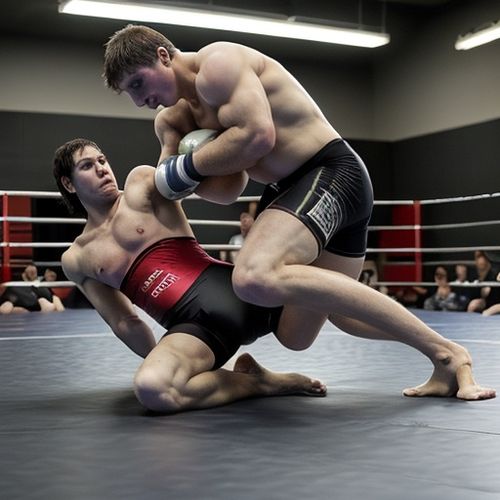
By James Moore/May 9, 2025
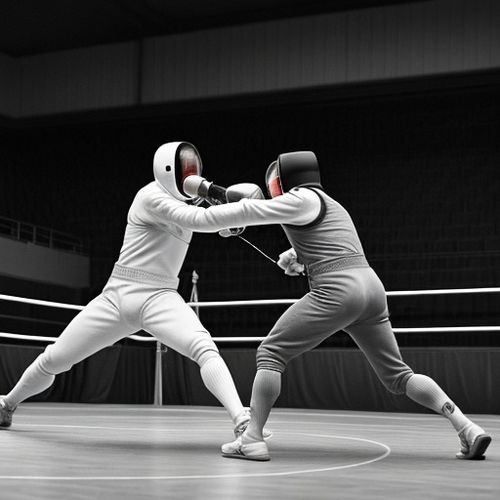
By Christopher Harris/May 9, 2025
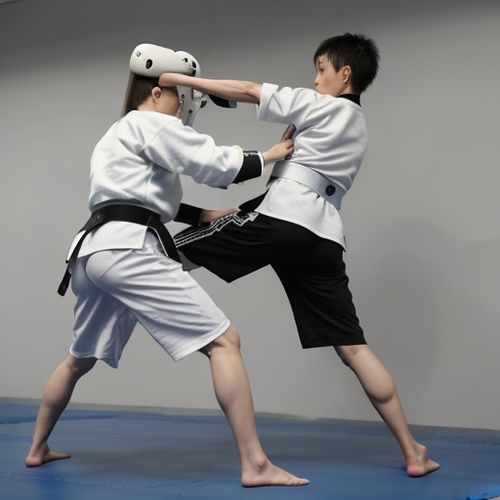
By Elizabeth Taylor/May 9, 2025
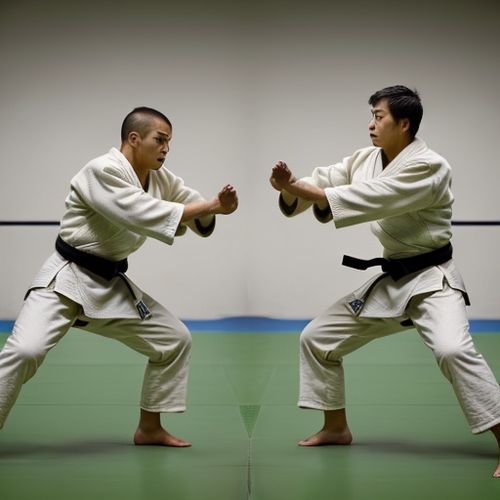
By Amanda Phillips/May 9, 2025

By Daniel Scott/May 9, 2025
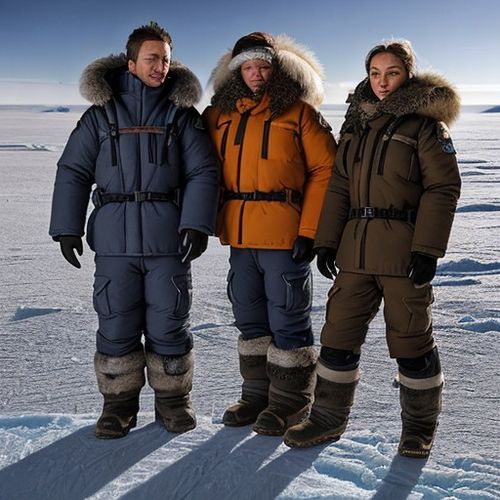
By Laura Wilson/May 9, 2025
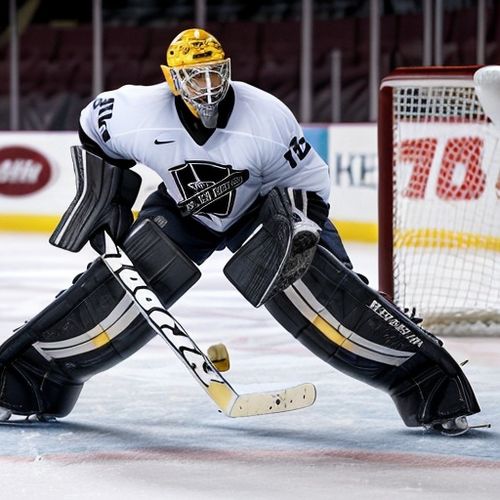
By Christopher Harris/May 9, 2025
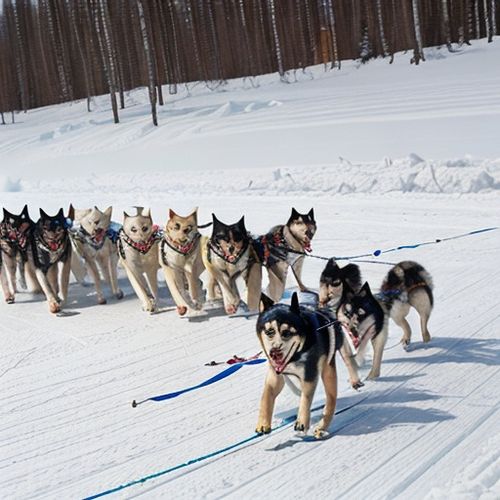
By William Miller/May 9, 2025
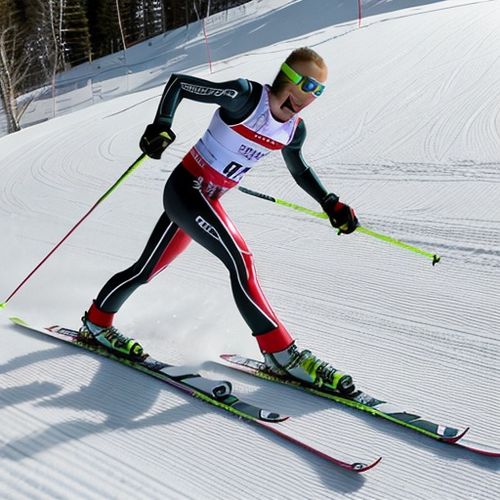
By Jessica Lee/May 9, 2025
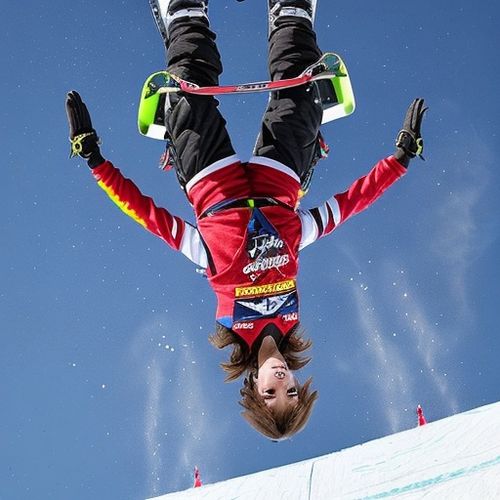
By Noah Bell/May 9, 2025
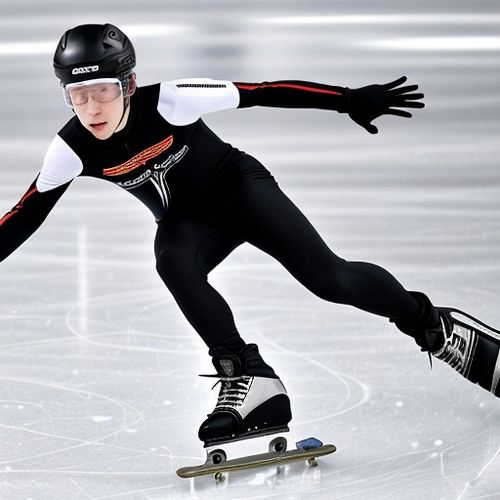
By Amanda Phillips/May 9, 2025
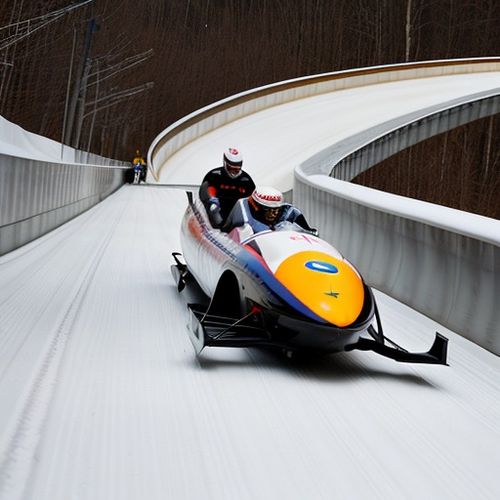
By Samuel Cooper/May 9, 2025
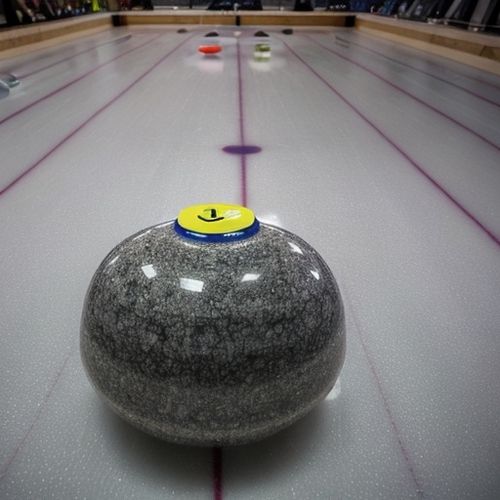
By William Miller/May 9, 2025
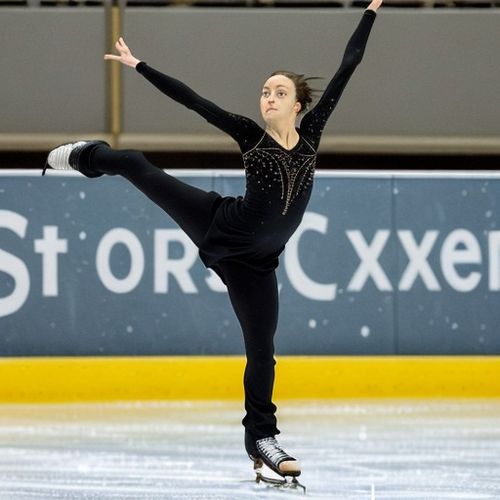
By Olivia Reed/May 9, 2025

By Natalie Campbell/May 9, 2025
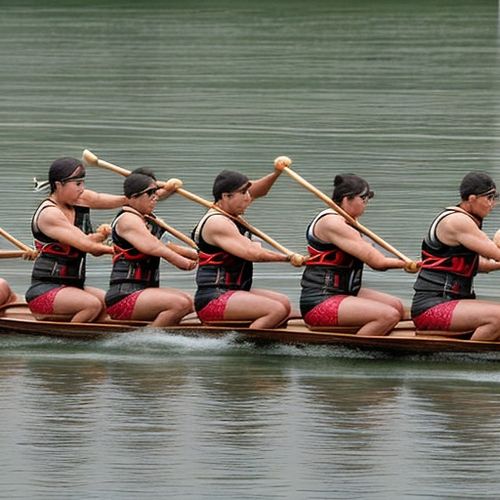
By Sophia Lewis/May 9, 2025
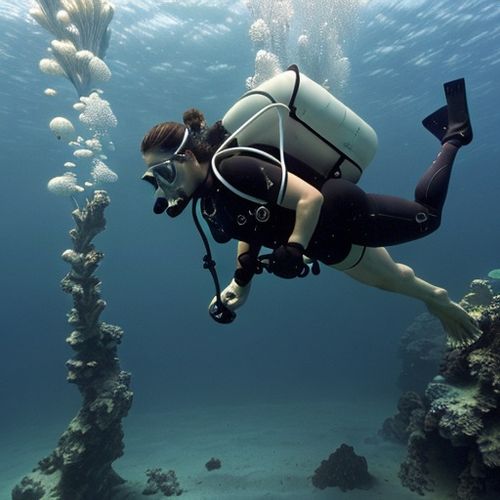
By Sarah Davis/May 9, 2025
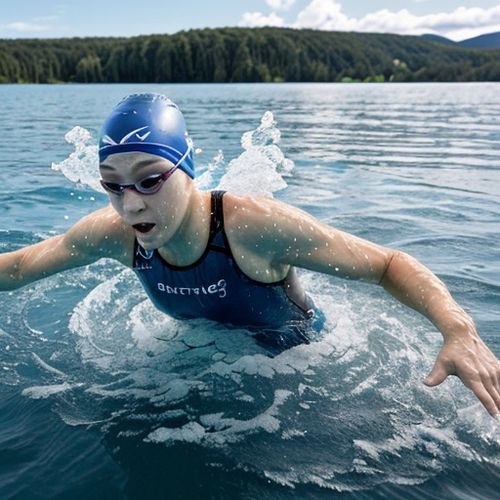
By Grace Cox/May 9, 2025

By John Smith/May 9, 2025
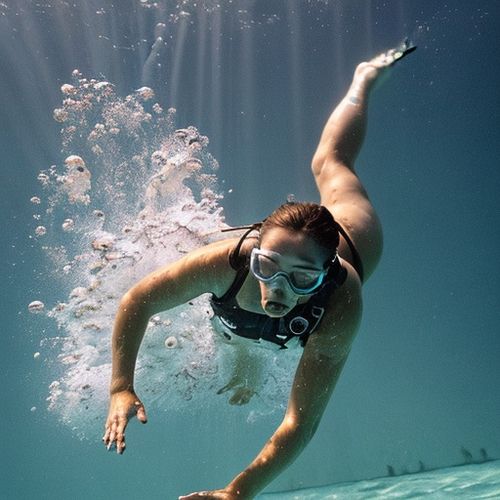
By Noah Bell/May 9, 2025